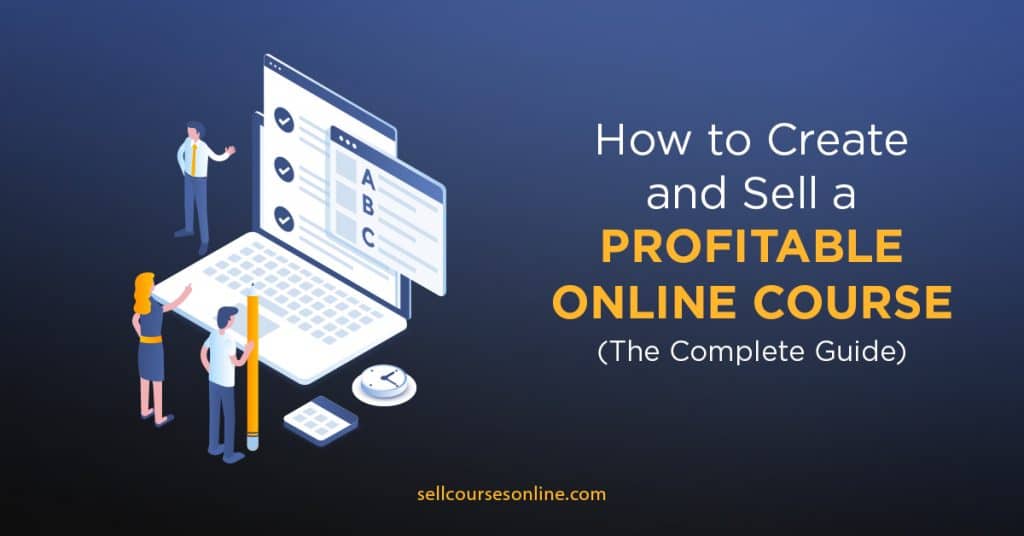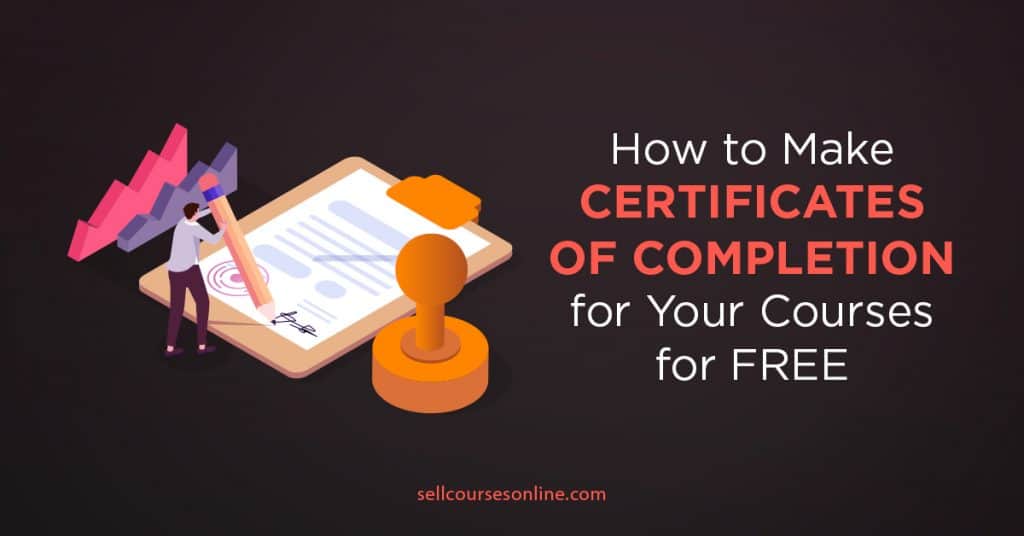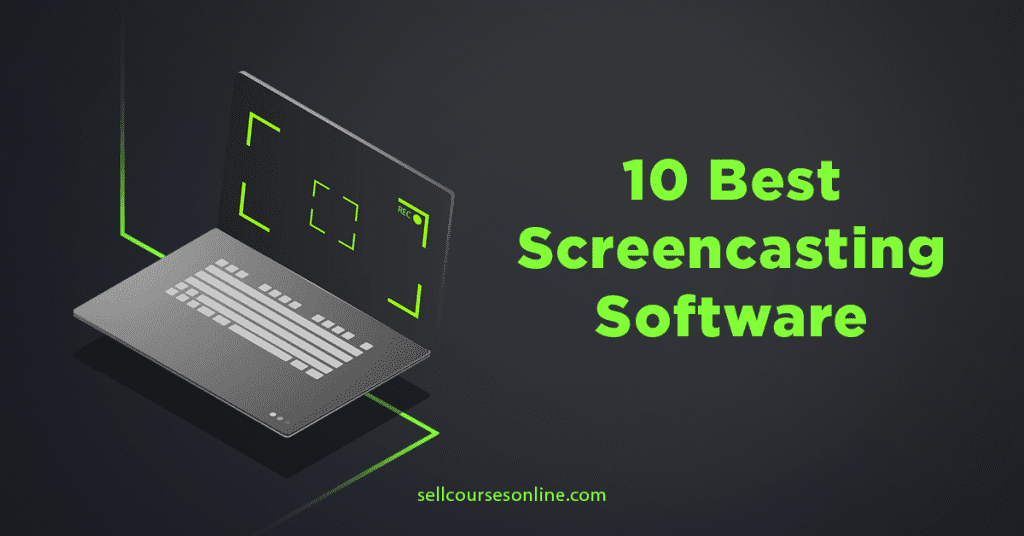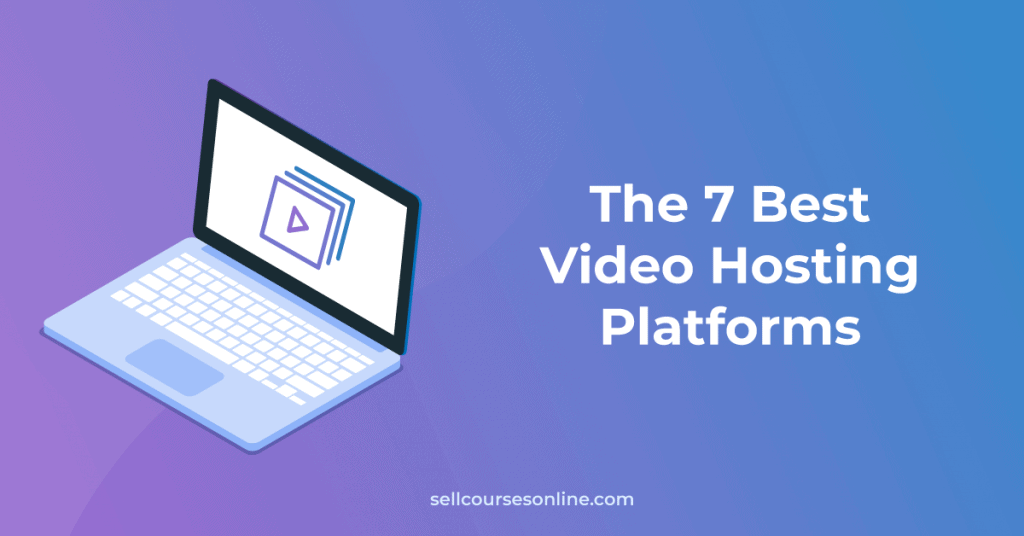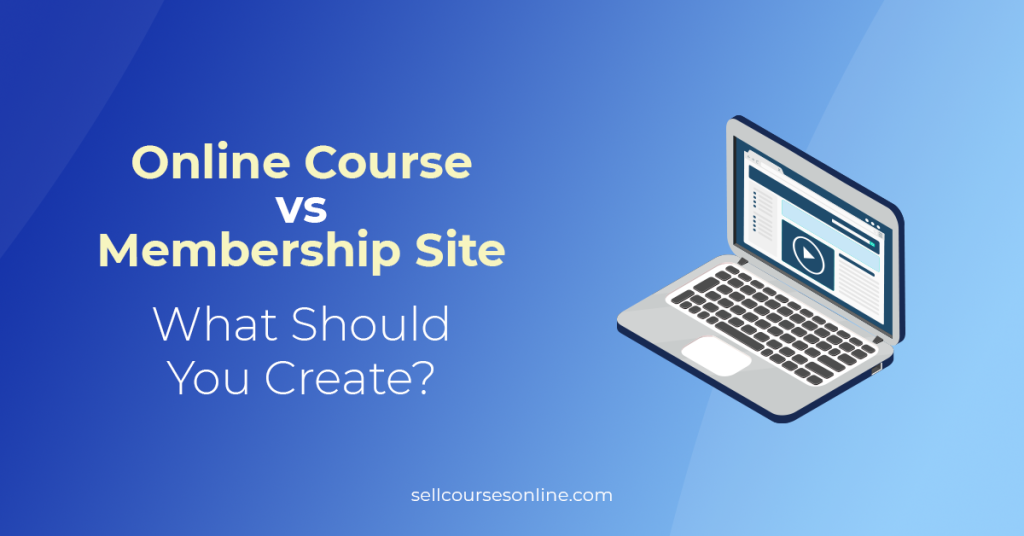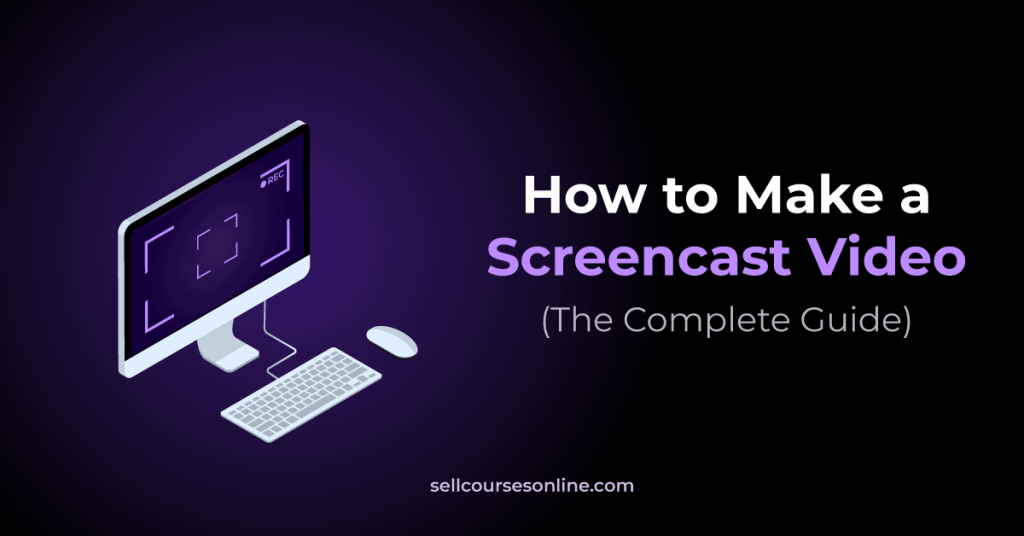Many course creators wonder, “How long should an online course be?” This article delves into the heart of this question by examining the lengths of online courses across different platforms.
Our analysis revealed striking variations ranging from brief one-hour courses to vast programs spanning over 25 hours. But based on engagement and revenue, we recommend that courses fall between five and ten hours.
Having said that, five to ten hours isn’t a hard and fast rule. Several factors influence your course length, so there’s room for deviation from the average. In this article, we’ll also discuss these factors and share some tips to determine the optimal length for your course.
What’s the Average Online Course Length?
We did a study about Udemy instructor earnings and analyzed 200K courses as part of it. We also looked at the course lengths on the platform. Here’s what we found:
- The average length of all paid Udemy courses is three hours.
- The average length of the top 10,000 courses is five hours.
- 80% of their courses are between one and ten hours.
However, Udemy’s data hardly scratches the surface of available course lengths, so we looked at some other studies, too.
Teachable’s data showed that most (44.7%) of their most prolific online teachers included between one and five hours of recorded video.
Another study conducted by Thinkific looked at 40K courses on its platform. The goal was to see if there was a correlation between course length and revenue. Here’s what they found:
- Courses between 10 to 25 hours returned the highest average revenue, around $10,000.
- Those between five and ten hours returned an average of $7,500.
- Longer courses, those between 25 to 100 hours, earned an average of about $9,000.

Based on the above data and our experience, we believe that five to ten hours is a sweet spot for most online courses.
However, it’s important to remember that there’s no perfect course length. The optimal course length depends on multiple factors, including your course topic and target audience, which is why you see varying lengths for successful courses.
We don’t recommend using course length as a strategy to increase course revenue. Rather, focus on creating a quality course that helps your audience achieve the intended outcome and treat course length as a byproduct.
What’s the Average Video Length?
A related question is how long a course video should last. Shorter videos have certainly become more popular. Decreasing attention spans are often maligned, as if younger generations aren’t quite as determined as older generations.
While our brains are just as capable of paying attention today as in the past, our environment has changed. From industrialization to the internet, we’ve become conditioned to get goods and information faster. So, there’s an expectation that videos will deliver information faster.
Teachable’s study on their over 100,000 schools uncovered a lot of statistics about video length:
- 66.7% of Teachable’s top schools upload videos shorter than 10 minutes.
- Videos that are less than 1 minute have the highest average student engagement.
- Videos that are 5 minutes long have a 50% drop-off on average.
- Videos over 30 minutes have the lowest engagement and yet produce higher-quality leads.

So, how do we use this information? Should you create shorter videos?
It depends.
All video lessons should be focused on a single goal. Audiences want information to be as direct and focused as possible. However, the time it takes to reach a goal varies depending on your goal and audience:
- Shorter videos are perfect for addressing simple, straightforward content, like using a function in a software program or canning vegetables.
- Longer videos are best for addressing underlying beliefs or barriers holding people back, such as mindset blocks or complex concepts.
If you need a longer course video, there’s no need for concern. While shorter videos have the advantage of requiring less planning, longer videos can build momentum toward understanding.
The good news is that motivated audiences often engage in longer videos. TED Talks are 18 minutes long, and the average film is 131 minutes. People even binge-watch entire series within days, so attention spans aren’t the culprit.
As you design and record your course videos, consider the appropriate length for achieving the goal in each lesson and use strategies to capture and maintain your audience’s interest.
Factors Affecting Online Course Length
Why do we see so much variance in course length? Why can’t we produce a formula that tells you the ideal course length is something like 6 hours and 27 minutes? As you might expect, courses are different, and for good reason: people are different.
Let’s examine the factors that influence the length of an online course.
Course Clarity
The most important factor in achieving the right length is clearly defining your course’s goals.
One of the most common struggles we’ve seen in new course creators is determining what goes into their courses. There’s an urge to put everything they know into their course to pack in more value. But doing so is a mistake because your course will meander and deviate from the target.
One of the best ways to avoid that urge is to clarify the exact outcome you want for your audience. This clarity helps you differentiate between what content belongs to your course and what doesn’t.
To get clarity, ask yourself the following questions.
- What will my ideal client avatar think, feel, or do differently as a result of completing my course?
- If I were to peek into their lives, what would I visibly notice that would prove they successfully achieved the desired outcomes for this course?
- If my ideal client were to write me a thank you letter for this course, what would I want them to say about it?
Answering these questions can provide the clarity you need to create a course focused on outcomes.
Once you capture that vision of an ideal outcome, use these tips to stay focused.
- Create an outline to keep you accountable for staying on track. Our course outline generator can produce an outline in just a few minutes.
- Make all your lessons and modules in your outline focused on achieving specific actions.
- Keep your lesson videos direct and focused, serving your audience so they can achieve these outcomes.

Course Complexity
Content creators often blame complexity for a course’s longer length. While this is sometimes true, it’s mostly used as a poor excuse.
You can simplify the explanation for most complex concepts.
Simplification isn’t the same as dumbing it down or oversimplifying because we aren’t simplifying the concepts or treating our audience as if they can’t understand. Instead, we are simplifying how we explain it or eliminating unnecessary complexity.
You’ve probably experienced, from an audience’s perspective, the difference between an expert’s explanation and that of someone who doesn’t know that same concept well. Experts can explain even the most complex ideas in a few minutes.
Let’s make this point with something very complicated: Einstein’s concept of the relativity of simultaneity. Now, this sounds hard because it is hard. And yet, Einstein created a thought experiment to explain this complex idea in less than two minutes.
The better we understand complex concepts, the easier it is to explain them in simple terms.
Another method for addressing unnecessary complexity in your lessons is to eliminate it using tools and resources, such as digital workbooks.
One business coach, who we’ll call Susan, had a 50-minute lesson on planning annual income that involved more than 10 calculations. However, when she introduced a spreadsheet that included the formulas, the same lesson took only 10 minutes.
Because her tool eliminated the math, she could focus on the purpose of her lesson: the activities that help her clients predict and affect their income.

Many course creators believe their content has to be complex; maybe that’s how they were taught. But it can be beneficial to challenge their thinking.
If you’re curious about simplifying your content, here are some questions:
- If I were to explain this concept to someone in middle school, how would I do it?
- What are some visuals or analogies that could help?
- Does explaining the complicated portions of this lesson detract from its focus? If so, is there a tool or template to eliminate this?
While you can simplify your courses, there is still a demand for complex and mastery-based content. You’ll find people who want to hone skills that can take months or years to perfect, like performance, computer coding, and molecular gastronomy.
Audience’s Experience
One factor we often overlook in considering a course’s length is acknowledging your audience’s starting point. If you think of the desired outcome as the “destination” of your online learning journey, a typical default is to estimate based on how long it takes you to get there.
For example, a flight to San Francisco takes about 5 hours. But that’s only true when you start where I do. Trip length differs if you live in Paris or New York City.
The same is true for your audience. Many course creators focus on the topic rather than the client journey. By focusing on a specific topic and your ideal avatar, you can tailor the experience.
For example, if you decided to build a course for “Identifying Your Unique Selling Proposition,” how would it affect the length when you shift your avatar from a first-time business owner to one who’s had a business for two years?

If you have an experienced audience, here are questions you may want to ask:
- What solution is my audience hoping for?
- What modules are they more likely to skip because they already know it?
- What references, templates, or tools can I provide in case they don’t already know this?
- How can I better express that I appreciate and honor their experiences and working knowledge?
When you research what your ideal avatar already knows, you’ll avoid having a condescending tone and eliminate the bloat from your course.
Audience’s Motivation
Different course scopes attract buyers based on their motivations, and course length can often indicate how broad or focused your course is.
If your ideal avatar is motivated to understand a concept, consider creating a more extensive course. This audience delights in learning nuances, especially when your topic matters to them. They usually tolerate or even enjoy longer video lengths, too.
If your ideal avatar is motivated to solve a problem quickly, consider creating a shorter course. This audience prefers straightforward content and may not care about the nuances, underlying principles, or why your method works.
Let’s see this in action with a couple of examples.
The first example is Stu McLaren’s Membership Experience. His course teaches the principles of creating a successful membership group. People who want to understand and leverage these principles may prefer his in-depth nine-week course, which includes coaching and Q&A.

On the other end of this spectrum, we have people who aim to create a profitable following on a specific platform and simply want to know the right steps. One example that fills this need is Justin Welsh’s 90-minute LinkedIn OS course.

Many audiences fall between these two extremes. If you can determine what motivates your ideal client avatar, you will estimate the perfect length more accurately.
Here are some questions that can help you:
- Do you tend to attract more of the deep-thinkers or the action-takers?
- Does my course lean more towards teaching principles of a topic or serve as a quick fix to a problem?
- What is the ideal length my audience might expect in this course?
- Would my audience be more excited about a course shorter or longer than what’s typical?
Analyzing the courses your competitors offer can be insightful. You’ll discover a wide variety of options, which can help you better estimate what length is right for you.
Conclusion
Determining the ideal online course length requires a keen understanding of your audience and clarity about what you want your course to achieve for them. It’s not a one-size-fits-most answer; success lies in striking the right balance tailored to your situation.
Take advantage of our comprehensive guide to learn more about the art and science of creating engaging online courses. It’s an epic resource packed with insights and strategies designed to walk you through the process.
So, how long is your course? Do you have preferences for a course or video length? Which factors have the most significant impact on your course length?
Tell us in the comments. We’d love to hear from you.

